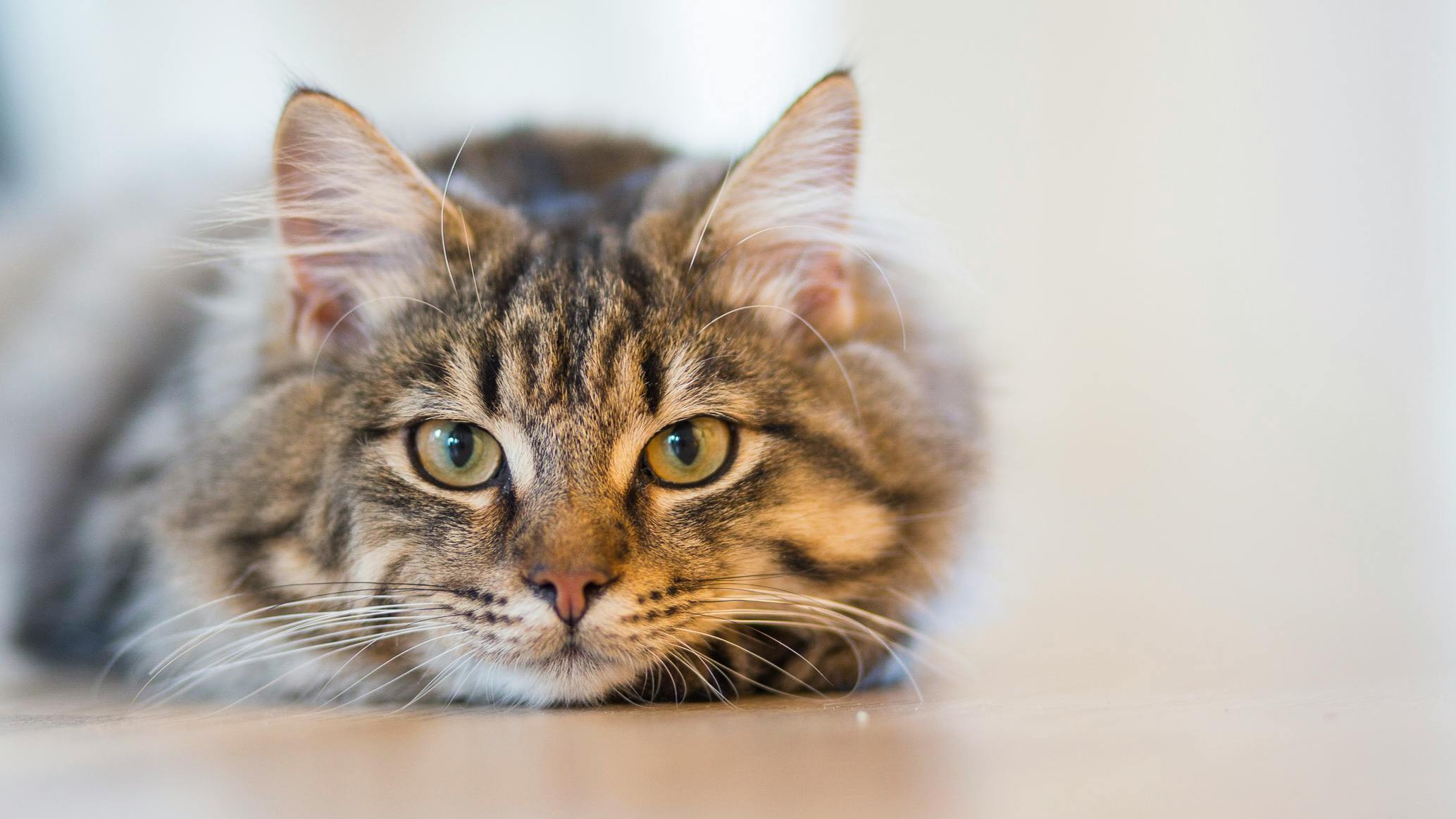

August 27th, 2025
3 min read
By Tom Dassie

In veterinary clinics, maintaining a clean, odor-free environment isn’t just about appearance—it’s about health, safety, and professionalism. With accidents, spills, and frequent sanitation needs, the flooring in a vet clinic takes a daily beating. Without proper protection, those liquids can soak into the surface, leading to lingering smells, stains, and even bacteria buildup.
Fortunately, with the right flooring system and maintenance plan in place, you can prevent many of these issues before they start. In this blog, we’ll explain how to stop odors and stains from penetrating your floors, what materials offer the best defense, and why a quality concrete and concrete sealer makes all the difference.
Animal facilities experience unique challenges when it comes to flooring. Beyond basic wear and tear, your floors are exposed to:
Over time, these materials can seep into porous surfaces like bare concrete or grout lines. Once absorbed, they’re difficult—sometimes impossible—to remove. That’s when persistent odors and unsightly stains start to set in.
Even worse, these contaminated areas can harbor bacteria, creating a health hazard for both pets and people.
Concrete is naturally porous. This means that unless it’s properly sealed, it will absorb liquids and contaminants. A concrete sealer acts as a protective barrier, preventing moisture, stains, and chemicals from penetrating the surface.
There are two main types of sealers used in veterinary clinic settings:
Both types can be highly effective—but in high-traffic animal clinics, film-forming sealers are often preferred for their added durability and cleanability.
To reduce the risk of contamination, the best strategy is to use a seamless, non-porous flooring system that includes a concrete sealer or coating. These options are especially well-suited for veterinary environments:
Epoxy flooring is a go-to option in animal care facilities because it’s seamless, non-porous, and easy to clean. It resists most chemical spills and doesn’t absorb odors. Epoxy systems can be customized with anti-slip textures or additives for safety.
This high-performance option is ideal for wet or chemically exposed areas like kennel runs or surgical suites. Urethane cement is thicker than standard coatings, more resistant to thermal shock, and nearly impermeable.
These multi-layer systems not only provide slip resistance but also improve durability and aesthetics. The top layer is sealed with a clear, protective concrete sealer that locks out moisture and stains.
Any cracks, seams, or grout lines in your floor can trap moisture and bacteria. Even tiny joints around the base of walls, exam tables, or equipment can become problem areas.
A seamless flooring system eliminates these gaps, creating an easy-to-clean surface that doesn’t allow liquids to soak in. Many clinics also add a cove base (a rounded edge where the wall meets the floor) to prevent buildup in corners and ensure that mopping is more effective.
Even with a properly sealed floor, routine cleaning is essential. Here are a few tips to keep your floors looking and smelling fresh:
If your floor starts absorbing moisture or looks dull in high-traffic areas, it may be time for a professional evaluation.
Without a quality concrete sealer, even the most beautiful floor can quickly become a liability. Common consequences include:
Taking the time to seal your floor—and reseal it as needed—is an investment in both your facility and your reputation.
In the fast-paced environment of a veterinary clinic, your floor is more than just a surface—it’s a key player in maintaining cleanliness, safety, and client trust. Choosing the right system and applying a high-performance concrete sealer is one of the most effective ways to prevent odors and stains from compromising your space.
If you’re unsure whether your current floors are protected, or if you’re planning a renovation or new facility, it’s worth exploring modern flooring systems that are designed specifically for animal care environments. Request a quote from CustomCrete today!